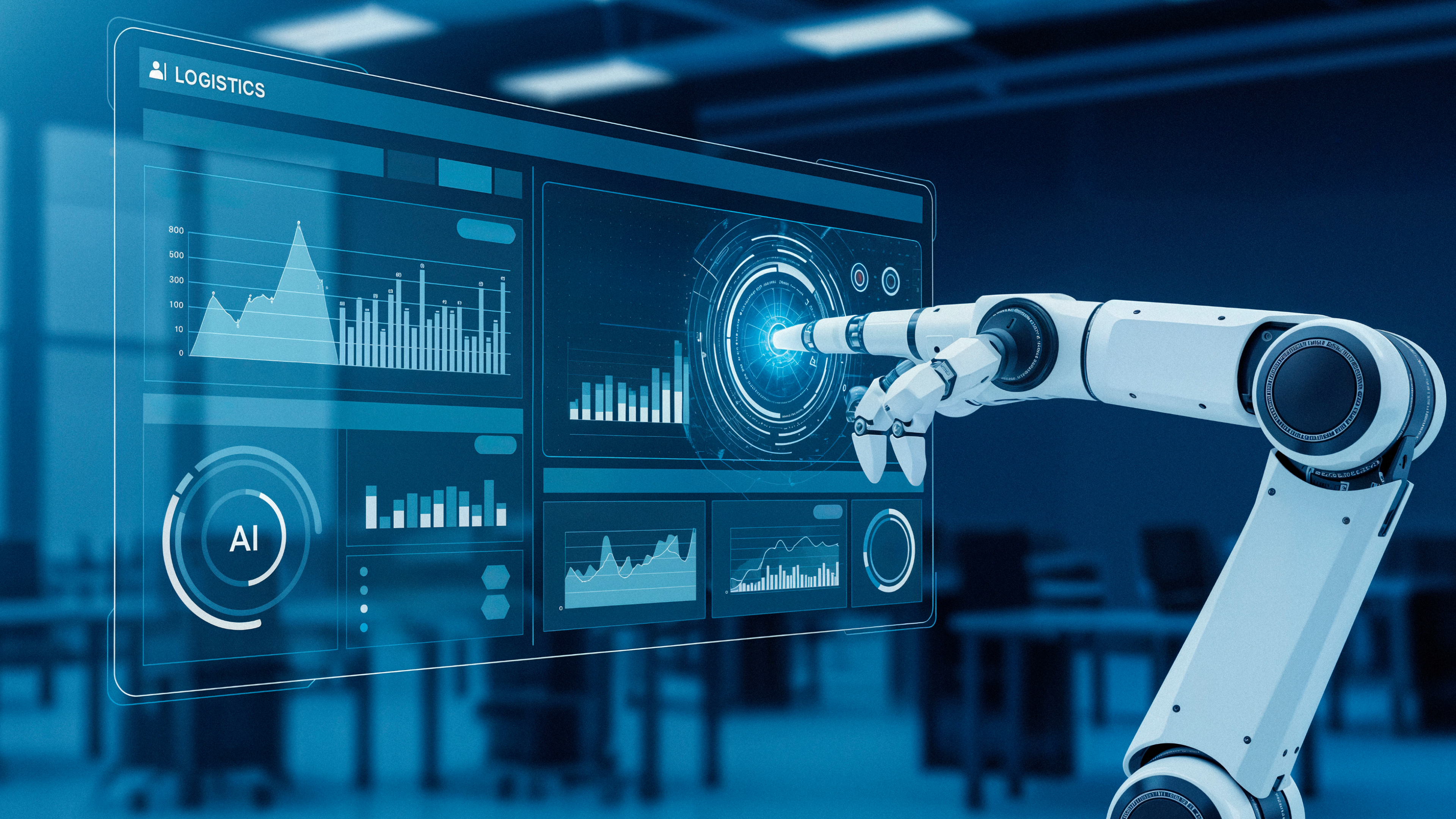The way we design, manage, and experience buildings is undergoing a dramatic transformation. From offices and factories to hospitals and smart homes, the rise of digital technologies and IoT is pushing buildings beyond simple monitoring systems into the era of full automation.
Monitoring Was Just the Beginning
In the past, building management focused mainly on monitoring—tracking energy usage, temperature levels, security systems, and equipment health. While this gave facility managers better visibility, it still left them reacting to issues after they occurred.
For example, monitoring could tell you that energy consumption was high, but it couldn’t automatically adjust HVAC systems to optimize usage. It could show you that lighting was left on overnight, but it couldn’t switch it off on its own.
This is why monitoring, while valuable, is only the first step.
Automation The Next Evolution
Automation takes building management to a whole new level. By combining real-time monitoring with smart controls and AI-driven decision-making, buildings can now manage themselves.
Here’s how:
Energy Efficiency – Automated systems adjust HVAC, lighting, and appliances based on occupancy and usage patterns, cutting energy costs.
Predictive Maintenance – Sensors detect early signs of equipment wear and trigger automatic maintenance alerts before breakdowns happen.
Comfort & Productivity – Smart climate and lighting control improve indoor environments, boosting occupant satisfaction and performance.
Security & Safety – Integrated systems automatically lock doors, adjust access permissions, and even alert authorities when needed.
Why Smart Buildings Matter Today
With rising energy costs, stricter sustainability regulations, and a growing emphasis on occupant well-being, smart buildings are no longer a luxury—they’re a necessity. Businesses that invest in automation-enabled building management systems (BMS) can:
- Reduce operating costs
- Improve sustainability and ESG performance
- Ensure compliance with green building standards
- Create safer, more adaptive environments for people
From Data to Decisions, Automatically
The real value of smart buildings lies in their ability to turn insights into actions automatically. Instead of relying on human intervention, connected systems analyze data and execute changes in real time.
For example:
- A smart office reduces air conditioning when meeting rooms are empty.
- A hospital automatically adjusts air quality in critical zones.
- A factory balances energy demand with solar power availability.
This shift from reactive to proactive—and finally to autonomous—is the defining feature of tomorrow’s buildings.
The Road Ahead
As IoT, AI, and automation technologies continue to evolve, smart buildings will move closer to becoming self-operating ecosystems—adapting in real time to the needs of occupants and the demands of sustainability.
At Niraltek Solutions, we are building the bridge from monitoring to automation, helping industries, commercial spaces, and smart facilities unlock the full potential of intelligent building management.
